
Insights from Philosophy and Psychotherapy
Laughter and screaming may seem like opposite reactions, but they actually share a common trigger: the unexpected. Both are instinctive responses that arise when we encounter something that doesn’t fit our mental model of what should happen next. This paradoxical connection between seemingly contradictory emotions is a central theme in both existential philosophy and certain psychotherapeutic approaches.
The Element of Surprise
Think about the last time you laughed out loud at a joke. Chances are, the punchline caught you off guard in some way. It subverted your expectations or juxtaposed two incongruent ideas. That sudden twist hijacked your train of thought, resulting in the spontaneous vocalization we call laughter.
Now consider a time you screamed, whether from fear or excitement. Perhaps a jack-in-the-box toy startled you as a child. Or maybe you shrieked with glee as you plummeted down the first big drop on a roller coaster. In both cases, reality deviated abruptly from what your brain predicted, and a scream erupted as your mind struggled to make sense of the discrepancy.
Two Sides of the Same Coin
This connection between laughter and screaming hints at a deeper truth: many emotions we consider opposites are actually two sides of the same coin. Fear and excitement, for example, feel quite different subjectively but generate remarkably similar physiological responses. Both involve the release of stress hormones like cortisol and adrenaline, elevated heart rate and blood pressure, and heightened arousal.
Some psychotherapy approaches leverage this insight to help clients transmute negative emotions into more positive ones. A common intervention encourages reframing anxiety as excitement. By mentally relabeling the physical sensations of fear as signs of anticipation and eagerness, we can radically alter our emotional experience of stressful situations. This technique, known as cognitive reframing, underlies many therapeutic tools for managing anxiety and phobias.
The Jungian Shadow
The paradoxical kinship between light and dark emotions also finds expression in Jungian psychology’s concept of the shadow. According to Carl Jung, we all possess a shadow self—the repressed, unconscious repository of the traits and impulses we disown because they challenge our self-image.
Jungian therapists often guide clients to dialog with their shadows, personifying and engaging with these neglected parts of the psyche. By befriending our shadows, the theory holds, we integrate our splintered selves and transmute our darkest energies into constructive fuel for growth. A rageful shadow, once acknowledged, might become a fount of assertiveness and strength; a needy shadow could be a wellspring of vulnerability and intimacy.
This approach shares DNA with other parts-based therapies which recognize the mind as a complex ecosystem of sub-personalities, each with its own needs, fears, and gifts. Internal Family Systems, for example, teaches clients to connect with and heal their wounded inner children, harsh inner critics, and other archetypal parts.
The Existential Perspective
Existential philosophers like Kierkegaard and Camus also grappled with the paradoxical interplay of light and shadow. For them, confronting the absurdity and meaninglessness of life could inspire either dread or liberation. Fear and freedom were two sides of the same coin, flipsides of the human condition.
Existential psychotherapists often invite clients to observe their own experience from this philosophical remove, creating space between the observing self and the turmoil of emotions and thoughts. This perspective shift can be profoundly therapeutic, revealing how our deepest fears and anxieties arise from the stories we tell ourselves about reality.
However, there’s a risk of getting stuck in this bird’s-eye view, using the philosophical perspective as an escape hatch to avoid engaging with life’s challenges. Taken too far, existential detachment can devolve into dissociation and derealization. The key is to use this expanded perspective as a temporary tool for insight and emotional regulation, not a permanent retreat from the world.
The Punch Line
So what can laughter and screaming teach us about the nature of emotion? They hint at the fundamental paradox of the human psyche—that light and dark, positive and negative, terror and joy are intrinsically entangled.
By learning to embrace this paradox—to lean into the excitement behind our fears and plumb the shadows for hidden wisdom—we access a more integrated, resilient way of being. When we recognize uncomfortable emotions as vital messengers rather than implacable enemies, we loosen their power over us.
And if that dramatic plot twist leaves you torn between laughter and screams? Well, maybe that’s just another one of life’s little cosmic jokes. The appropriate reaction, of course, is both.
Digital, Media, and Cultural Theorists and Philosophers
Bernays and The Psychology of Advertising
Claude Shannon and Warren Weaver


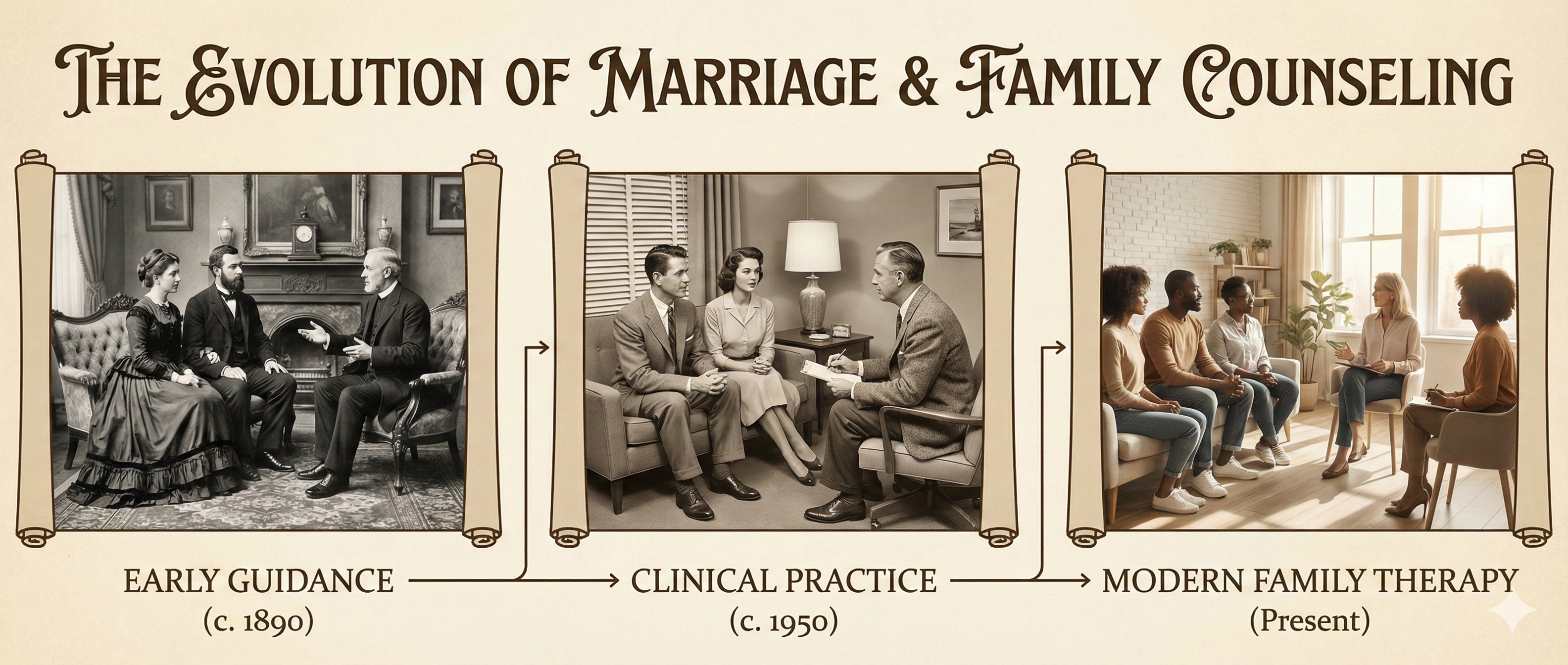


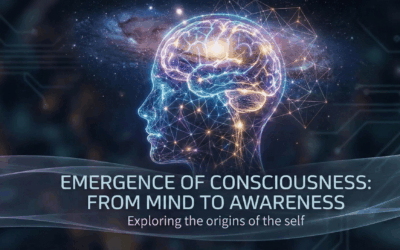
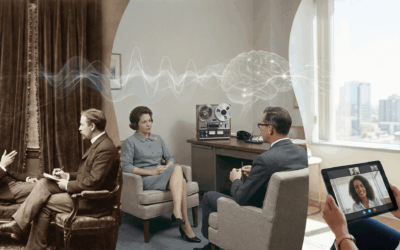

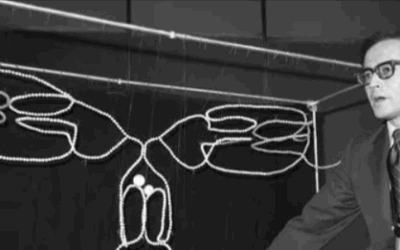



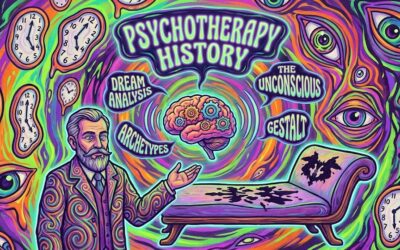
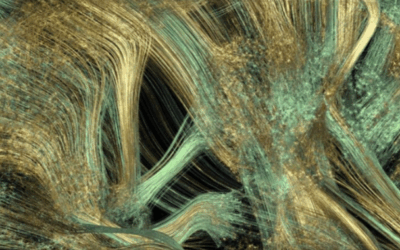
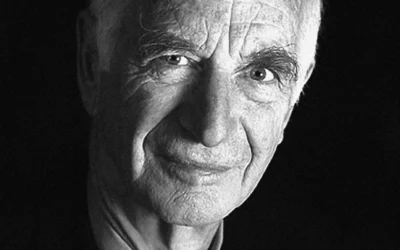









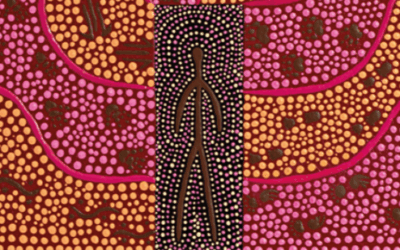

0 Comments